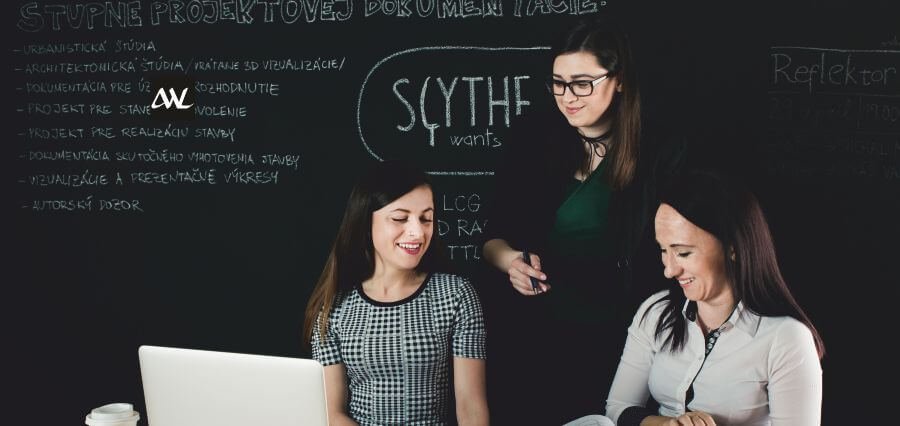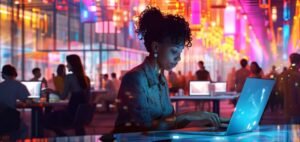Learning has been the basis for social, cultural, and economic advancement over the course of centuries. Real learning revolution, however, is not content or curriculum. It is ignited by those teachers who define, individualize, and enrich the experience for students. Visionary teachers simply reinterpret the way students approach knowledge, inquiry, and intellectual development. They do not only craft academic success, but attitude and belief too that are carried by students into the larger world. Visionary teachers, in contrast to traditional teachers are more focused on transmission, create spaces where students themselves are coparticipants in meaning production. They build higher-order thinking, reflection, and analysis of application. Such teaching sets up students to plug into high-speed global requests. Visionary teachers also give children a sense of purpose and self, reminding them that school is not a grading factory to assess, but preparation for civic and individual life.
Innovative Classrooms
Precious gift of visionary teachers is that they can reimagine what a learning space for a classroom could be. They see the classroom as an active, living-and-learning environment where problem-solving, experimentation, and discussion are valued and facilitated by extensive collaboration. These teachers integrate active strategies outside the book, including experiential approaches with theory and practice integrated, cooperative tools, and project learning. In placing the curriculum in everyday experience, they bring the subject matter alive, making it meaningful, tangible, and memorable for students of all kinds.
Pedagogical innovation also has the potential to deliver for learning styles that otherwise would be left behind. Innovative teachers know that students learn in different ways and at their own pace, especially in more diverse classrooms. They bring new forms of measurement into the picture that enable students to prove what they know in many different ways, not just on paper. This assists in building an inclusive culture, where all of the students are appreciated for potential and not limited by a narrow definition of success. Students are going to be more likely to take academic risks and remain engaged as active learners if and when they are heard and respected.
Creating Lifelong Learners
Visionary teachers don’t merely teach facts. They create passion and activist learners far beyond the confines of the institutional school, providing them with a wider sense of purpose. This is accomplished by instilling internal motivation and ownership of the process through ongoing reflection and inquiry activity. Instead of placing students in a position of passivity to be recipients, they can help them become empowered to establish goals, question assumptions, and make connections between disciplines. The outcome is a lifelong questioning and learning ethic based on intellectual autonomy and individual improvement.
Emotional and social resilience is also a critical concern. Inspirational teachers appreciate that consequences of learning are irretrievably tied to confidence, self-knowledge, and resolve that persist in the face of adversity. They exercise empathy, moral understanding, and respectful conversation, inspiring students through success and challenge and developing interpersonal capacities. As students develop strong internal agency, they take those abilities with them to college, the labor force, and public life. The enduring effect of this type of mentoring resonates far beyond individual achievement and works toward building a more just and thoughtful society that values equity and wise participation.
Greater Equity and Opportunity
Creative teachers are the key to expanding equity within education systems. They are trained and deliberately try to remove structural obstacles that limit student engagement, i.e., socioeconomic deprivation, linguistic limitations, or differential access to resources that shatters confidence. By encouraging fair policies, inclusive texts, and varying instruction, they make no learner excluded and support sustained and not reliant. Their work invariably equates to institutional transformation, encouraging schools and colleges to rethink support services, recruitment, and indicators of success that frame possibilities in the long term.
They are also models showing that educational leadership is grounded in a choice of justice and dignity crafted by practice. By mentoring, they lead students who otherwise would be disenfranchised from learning or recalcitrant to a voice for expressing their aspirations. They bridge the gap between potential and hope with belonging and trust. This is most needed in societies that have deep-seated problems where the future path is unclear. A vision teacher’s faith in potential is the trajectory of academic mobility, work preparedness, and civic engagement that integrates whole communities.
Conclusion
Visionary teachers’ influence extends beyond the classroom. They do not simply prescribe what is learned, but how learning is done to produce a sense of self as a learner and citizen. They make classrooms and schools into spaces of discovery, agency, and self-making. With the fusion of innovation, intellectual rigor, and empathy, they provide students with intellectual as well as emotional capital to thrive in a world where complexity is the new normal. With learning evolving further, their role will be at the very leading edge of designing future-proof and responsive learning spaces. They are viewed through the strength of their learners, the pace of their momentum, and the possible culture that they create. Visionary teachers do not just teach. Visionary teachers construct change more enduring than the latest lesson is learned.
Read Also: 7 Must-Know Insights About Forex Expo Dubai That Can Transform Your Trading Journey




